Viper’s Bugloss (Echium vulgare) seeds, organic (MT, WA, CANADA no)
$4.95 – $9.00
Family: Borage (Boraginacea)
Hardy to Zones 3 to 11
Herbaceous perennial, sometimes biennial, native to Europe, the Ural Mountains, and Siberia. Growing in dry and gravelly places, this hairy-stemmed beauty bears large, bright blue, tubular flowers from summer to frost on an upright plant. This is one of the most significant bee plants in existence, due to its large pollen and nectar output, and the fact that the scorpiod inflorescence protects the flowers and prolongs availability of nectar. The nectary is not likely to be dried out by the sun, and the long blossoming cycle means bees can use this plant from mid-spring to frost. Plant is nice to look at, but not to touch-leaves and stalk armed with sharp hairs. Traditional usage: antiseptic, coloring agent, anti-inflammatory, anti-tumor, snakebite. Roots contain the bright red pigment shikonin. Flowers 2-3 feet tall. Plant prefers full sun and very fast draining, sandy or rocky soil. Sow seed in the spring, by barely covering with sand or soil and tamping well, keeping evenly moist until germination, which takes 1 to 2 weeks. A sandy and fast-draining potting soil works best. Or , the seeds may be direct seeded in the garden or along the wayside by preparing a seed bed, sowing the seeds, tamping in, and allowing nature to take its course. Thin or transplant to 1 foot apart.
Packet contains 100 seeds
1 g contains ~400 seeds
Certified Organically Grown (not available to MT and WA States and the country of CANADA)

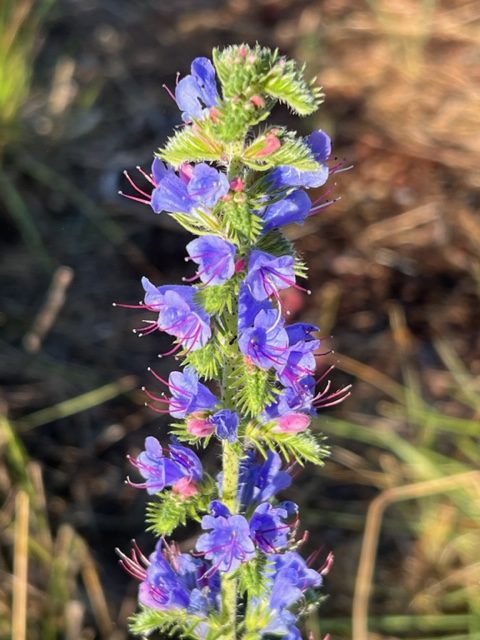
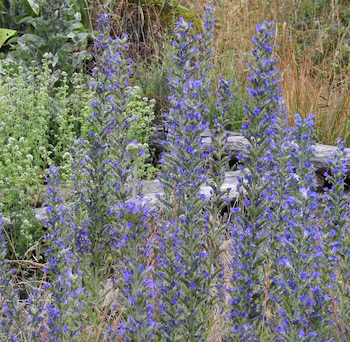

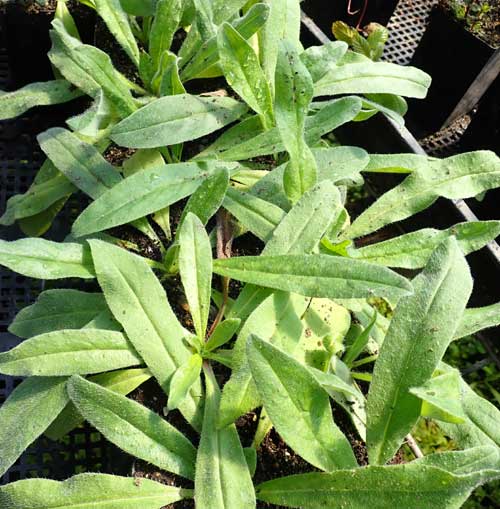
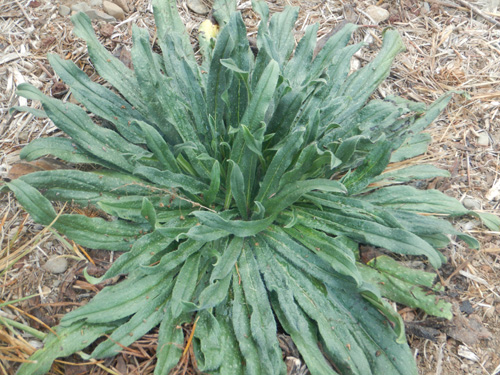

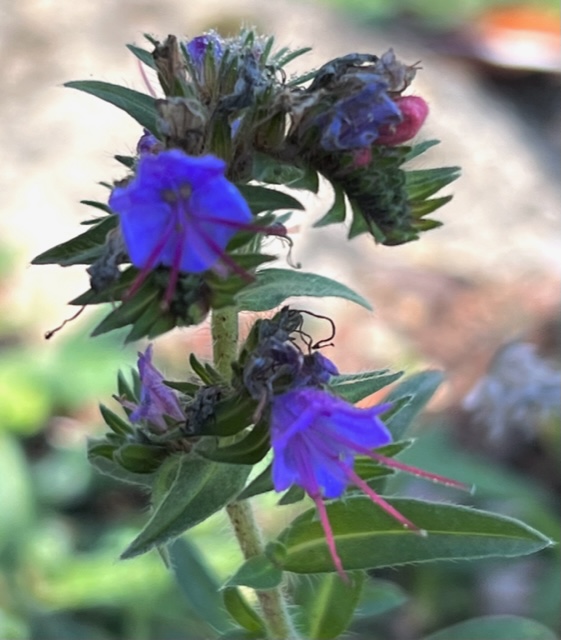
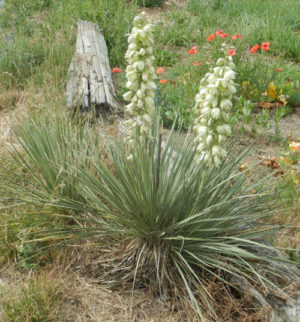
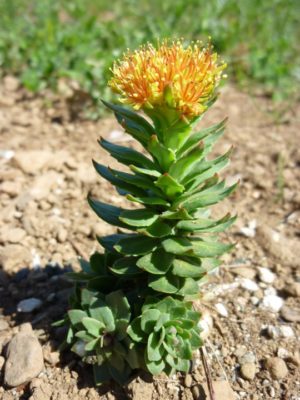


Elizabeth –
Viper’s bugloss has Opinions, that’s for sure. If you need your garden to be under your control, plant penestemon instead. BUT if you’re willing to roll with it, this plant is an utter delight. I planted seeds *once* and have been watching it take a tour of my garden ever since.
Impossible to transplant, because of the deep taproot. I let it self-seed where it will and remove any volunteers in truly annoying locations (like the middle of my yard, where it tried to “fill in” a bare spot).
The flowers are fantastic and my bumblebees go crazy for it — well worth the mild inconvenience it presents.
Upvote if this was helpful (0) Downvote if this was not helpful (0) Watch Unwatch Flag for removal
Stephanie (verified owner) –
It lives up to the description. But HELP This plant needs to be described above as HUGE in the second year. It is really something and actually, for my purposes too big. I have 2 of them and not knowing how big it would get, I planted one of them in a less than optimal space, especially for all the plants it overshadows. Can somebody tell me should I trim heavily after blooming, and how to best remove and or better, can it be divided and transplanted and but when is that optimal? It is amazing, just really huge so not for small gardens. I live in Zone 5a/b in Longmont, Colorado. Thanks
Upvote if this was helpful (1) Downvote if this was not helpful (0) Watch Unwatch Flag for removal
Admin Richo Cech –
Hi Stephanie,
The Viper’s bugloss is generally a short-lived perennial so it would make sense to allow a few volunteers if you want to keep it going. Being taprooted, it doesn’t divide well at all. I can think of many plants that are larger than this, but if you want to reduce its size, cut back to the crown–it will regrow and flower again–shorter.
Richo
Upvote if this was helpful (3) Downvote if this was not helpful (0) Flag for removal